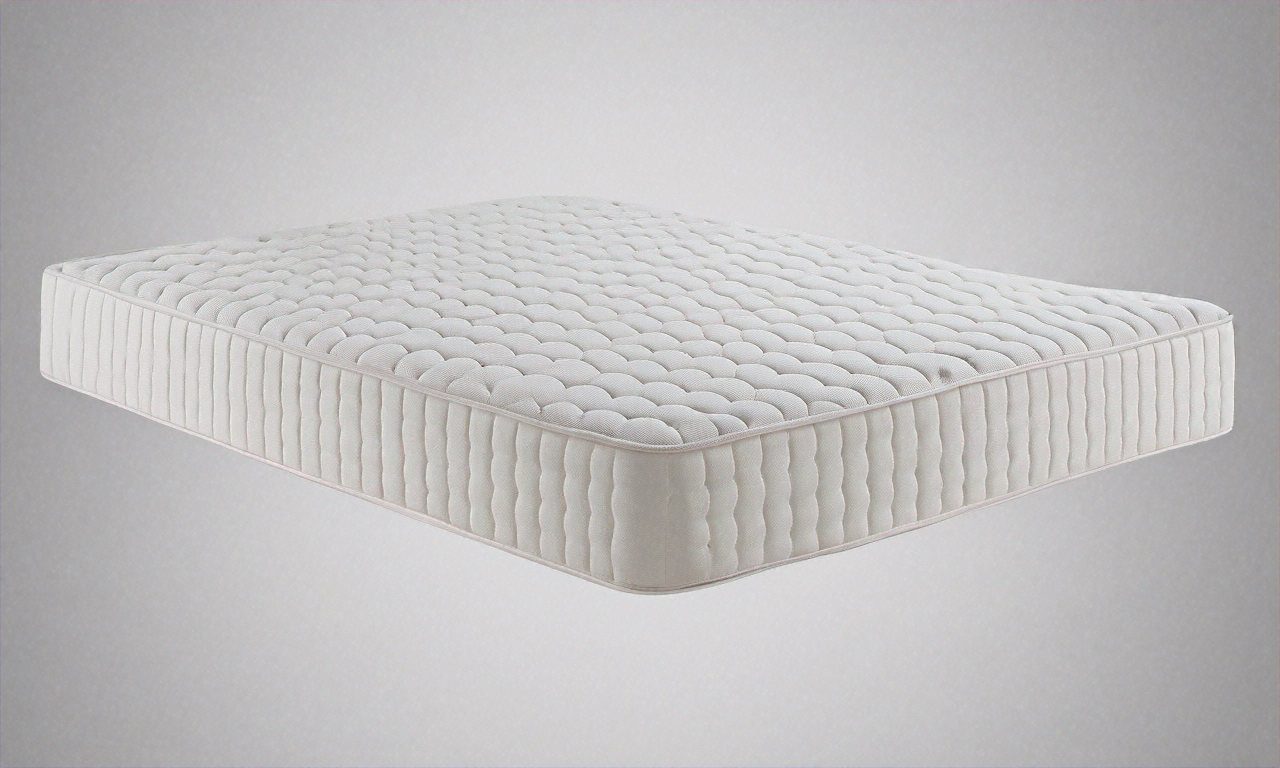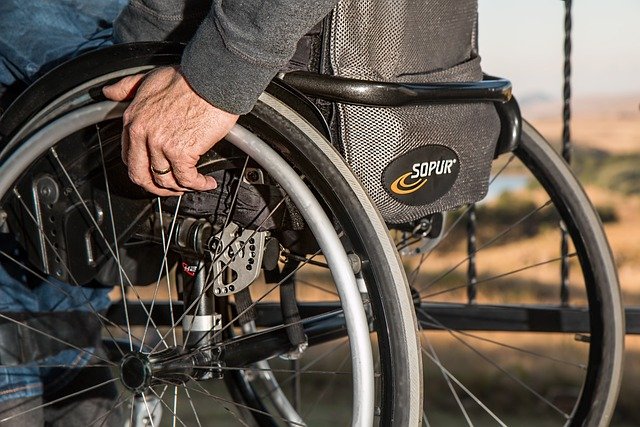Say Goodbye to Morning Foot Pain The Ultimate Plantar Fasciitis Relief Guide
Heel pain slowing you down? Discover the real cause behind plantar fasciitis and how simple lifestyle changes, footwear choices, and breakthrough treatments are helping people walk pain free again. Say goodbye to morning foot pain and take your first confident step toward lasting relief today.

Plantar fasciitis is characterized by inflammation of the thick band of tissue that runs across the bottom of your foot, connecting your heel bone to your toes. This painful condition affects approximately 2 million Americans each year and accounts for about 10% of all running-related injuries. The telltale sign is that first step in the morning—a sharp, stabbing pain near the heel that gradually improves as you move around, only to return after long periods of standing or when you get up after sitting.
Discover Proven Relief for Plantar Fasciitis
Effective treatment for plantar fasciitis typically begins with conservative approaches that you can implement at home. Rest is crucial—reducing activities that place stress on your heels gives the fascia time to heal. Ice application for 15-20 minutes several times daily helps reduce inflammation and pain. Over-the-counter pain relievers like ibuprofen or naproxen sodium can provide temporary relief from pain and inflammation.
Stretching exercises specifically targeting the plantar fascia and Achilles tendon are among the most effective treatments. A simple morning stretch before getting out of bed can make those first steps less painful. Try grabbing your toes and gently pulling them toward you, holding for 30 seconds and repeating several times. Calf stretches against a wall or on the edge of a step can also help relieve tension in the connected tissues.
Proper footwear plays a critical role in recovery and prevention. Shoes with good arch support, cushioned soles, and a slightly elevated heel can reduce strain on the plantar fascia. For many sufferers, replacing worn-out athletic shoes or adding supportive insoles or custom orthotic devices provides significant relief by distributing pressure more evenly across the foot.
Say Goodbye to Heel Pain Hello to Comfort
When home remedies aren’t enough, several professional treatment options can provide relief. Physical therapy programs designed specifically for plantar fasciitis often include exercises to strengthen lower leg muscles, improve ankle mobility, and stabilize your walk. Therapists may also use techniques like ultrasound, iontophoresis (delivering anti-inflammatory medication through the skin using an electrical current), or deep tissue massage to promote healing.
Night splints represent another effective intervention, especially for those experiencing severe morning pain. These devices hold your foot at a dorsiflexed angle during sleep, maintaining a gentle stretch on the plantar fascia and preventing it from tightening overnight. While they may take some getting used to, many patients report significant improvement in morning symptoms after consistent use.
For persistent cases, corticosteroid injections directly into the most painful area can provide temporary relief. However, these injections are typically limited to a few times per year, as repeated use can weaken the plantar fascia and potentially lead to rupture. Newer treatments like extracorporeal shock wave therapy (ESWT) use sound waves to stimulate healing in the affected tissue, offering an alternative for chronic cases.
Heal Heel Pain and Walk with Confidence Again
Prevention strategies are just as important as treatment when managing plantar fasciitis. Maintaining a healthy weight reduces pressure on your feet—studies show that excess weight significantly increases the risk of developing this condition. Regular stretching of your calves, Achilles tendon, and the bottom of your foot helps maintain flexibility and prevent recurrence.
Gradual progression in physical activities is essential, especially for athletes. Sudden increases in training intensity or duration can overwhelm the plantar fascia before it has time to adapt. Cross-training with low-impact activities like swimming or cycling can help maintain fitness while reducing stress on your feet during recovery periods.
Self-massage techniques can be surprisingly effective for managing symptoms at home. Rolling your foot over a frozen water bottle or a specialized massage ball helps stretch the fascia while reducing inflammation. For deeper tissue work, some patients find relief using specialized tools designed to apply targeted pressure to trigger points in the foot.
Treatment Options and Their Effectiveness
When considering treatment approaches, it’s helpful to understand the range of options available and their typical effectiveness. Conservative treatments resolve approximately 90% of plantar fasciitis cases within 10 months, though recovery times vary significantly between individuals.
| Treatment Approach | Average Recovery Time | Success Rate | Cost Range |
|---|---|---|---|
| Home Care (Rest, Ice, Stretching) | 3-6 months | 70-80% | $50-200 |
| Custom Orthotics | 1-3 months after fitting | 70-80% | $200-800 |
| Physical Therapy | 1-3 months | 70-90% | $75-350 per session |
| Night Splints | 1-3 months | 80% | $20-300 |
| Corticosteroid Injections | Immediate relief for weeks to months | 70% | $100-500 per injection |
| ESWT | 3-12 weeks | 65-95% | $500-1,500 per treatment |
| Surgery (for severe cases) | 3-6 months | 70-90% | $5,000-10,000+ |
Prices, rates, or cost estimates mentioned in this article are based on the latest available information but may change over time. Independent research is advised before making financial decisions.
When to Seek Professional Help
While many cases of plantar fasciitis resolve with home treatment, certain symptoms warrant professional attention. You should consult a healthcare provider if your pain is severe or doesn’t improve after several weeks of home care. Other concerning signs include pain that occurs suddenly, worsens despite treatment, or is accompanied by swelling, redness, or fever—which could indicate a different condition altogether.
The diagnostic process typically involves a physical examination and discussion of your symptoms. Imaging tests like X-rays or MRIs are sometimes used to rule out other causes of heel pain, such as stress fractures or bone spurs. Your doctor may refer you to a specialist such as a podiatrist, orthopedist, or physical therapist depending on your specific situation and the severity of your condition.
Living with plantar fasciitis requires patience and consistency with treatment. Most people experience significant improvement within months of starting appropriate treatment, though some cases may take longer to resolve completely. By combining proper home care with professional treatment when needed, most sufferers can return to their normal activities without chronic pain.
This article is for informational purposes only and should not be considered medical advice. Please consult a qualified healthcare professional for personalized guidance and treatment.




